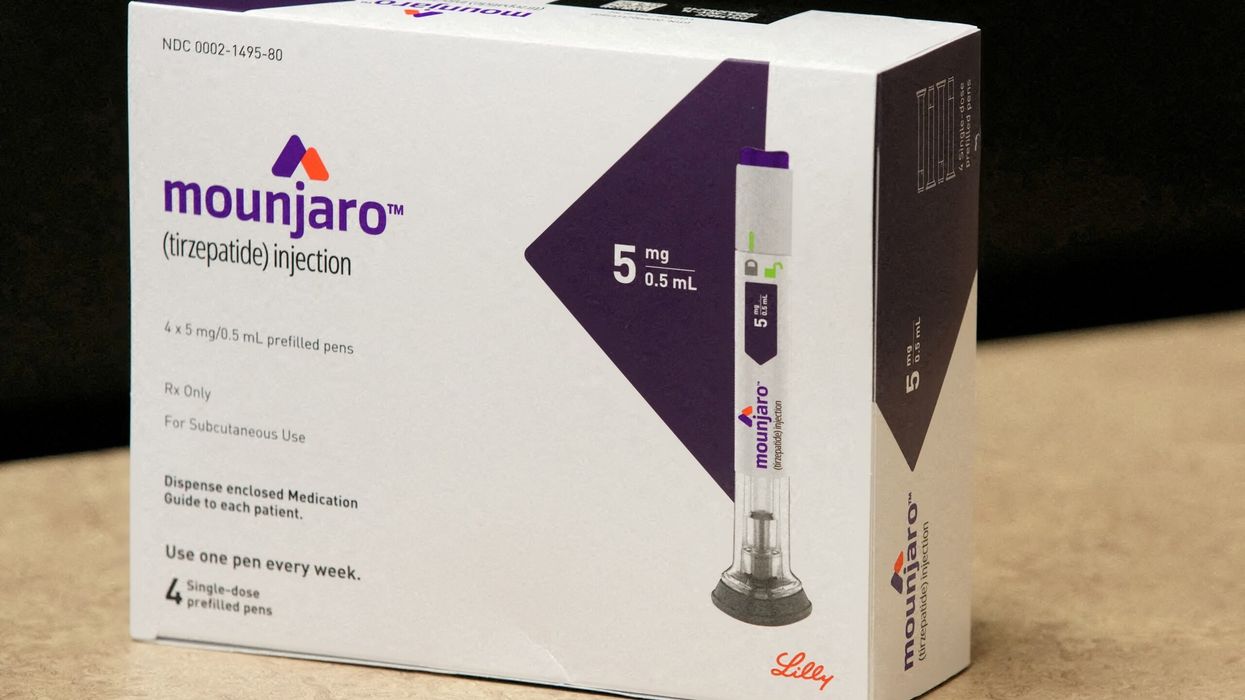INDIA’s economy is projected to grow at 6.3 per cent in current financial year aided by investment and domestic demand, according to a World Bank report released on Tuesday (3).
South Asia is expected to grow 5.8 per cent this year, higher than any other region with developing countries, but slower than its pre-pandemic pace and not fast enough to meet its development goals, the bank said.
Relative to the spring forecast, growth in 2023 has been upgraded by 0.2 percentage points due to stronger-than-expected data in India.
“At a first glance, south Asia is a bright spot in the global economy. The World Bank is forecasting that the region will grow more quickly than any other developing country region over the next few years,” said Martin Raiser, vice president, south Asia region, World Bank.
In India growth is expected to remain robust at 6.3 per cent in 2023-24, the India Development Update of the World Bank said.
Robust growth in the first half of 2023 in India was supported by a strong expansion of investment and the continued strength of services, the bank said.
On inflation, the report said, it is expected to decrease gradually as food prices normalise and government measures help increase the supply of key commodities.
Although India's post-pandemic economic rebound is now fading, growth is expected to remain stronger than in other large emerging market and developing economies (EMDEs). Output is forecast to grow 6.3 per cent in FY2023-24 and 6.4 per cent in FY2024-25— roughly equal to the estimated pace of India's potential growth, the World Bank said.
“The dampening effect of monetary policy tightening on domestic demand, particularly investment, will likely peak in the coming year. The effects of slowing global demand and rising interest rates will be mitigated by India's low external debt and the healthy balance sheets of its financial and corporate sectors,” the bank said in its report.
The growth of merchandise exports is expected to slow as a result of weak foreign demand growth, although this will be offset by robust services exports.
Government infrastructure projects have supported momentum in the construction sector, which has grown at year-over-year rates of around 10 per cent in recent quarters.
“Export growth has benefited from strong exports of services, such as those related to information technology and consulting, which have been little affected by the slowdown in global growth. India's services Purchasing Managers Index (PMI) reached 62.3 in August, nearly 10 points above the global index,” the bank said.
Employment indicators have been weaker, however, suggesting that with appropriate policies, the country's economic growth could deliver more robust job creation, it said.
According to the bank, in India, the financial sector has shown few signs of strain. Bank balance sheets and corporate leverage ratios have improved substantially in recent years.
The current account deficit has been predominantly financed by foreign portfolio investment and remittances. Foreign exchange reserves are at a healthy level, while the currency has alternated between periods of stability and mild depreciation. Non-performing loans in the banking sector are low.


















Police may probe anti-Israel comments at Glastonbury